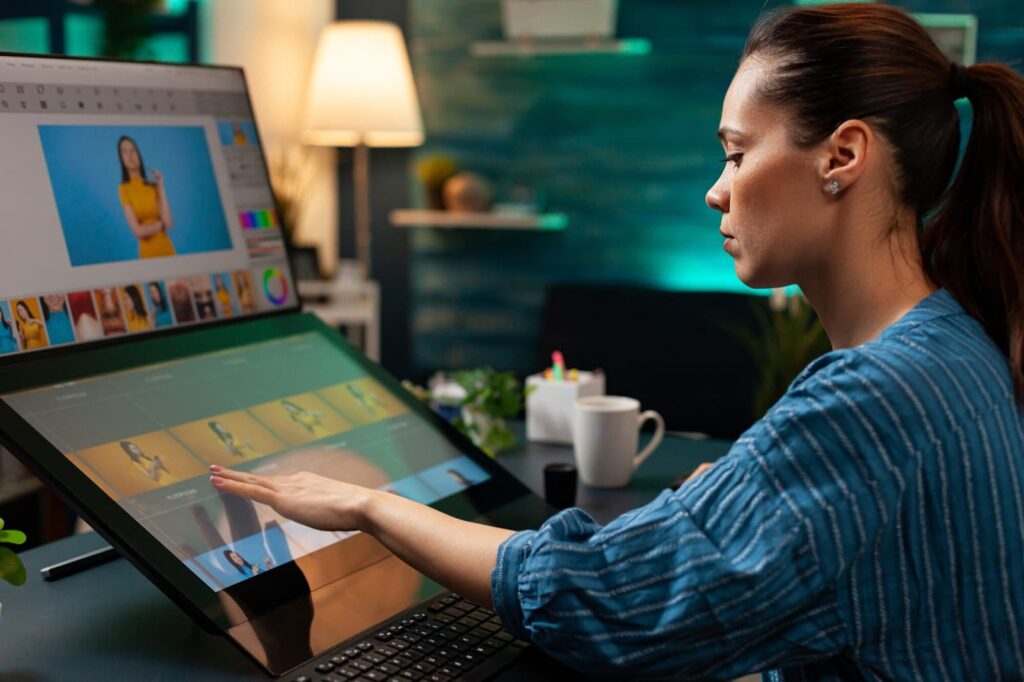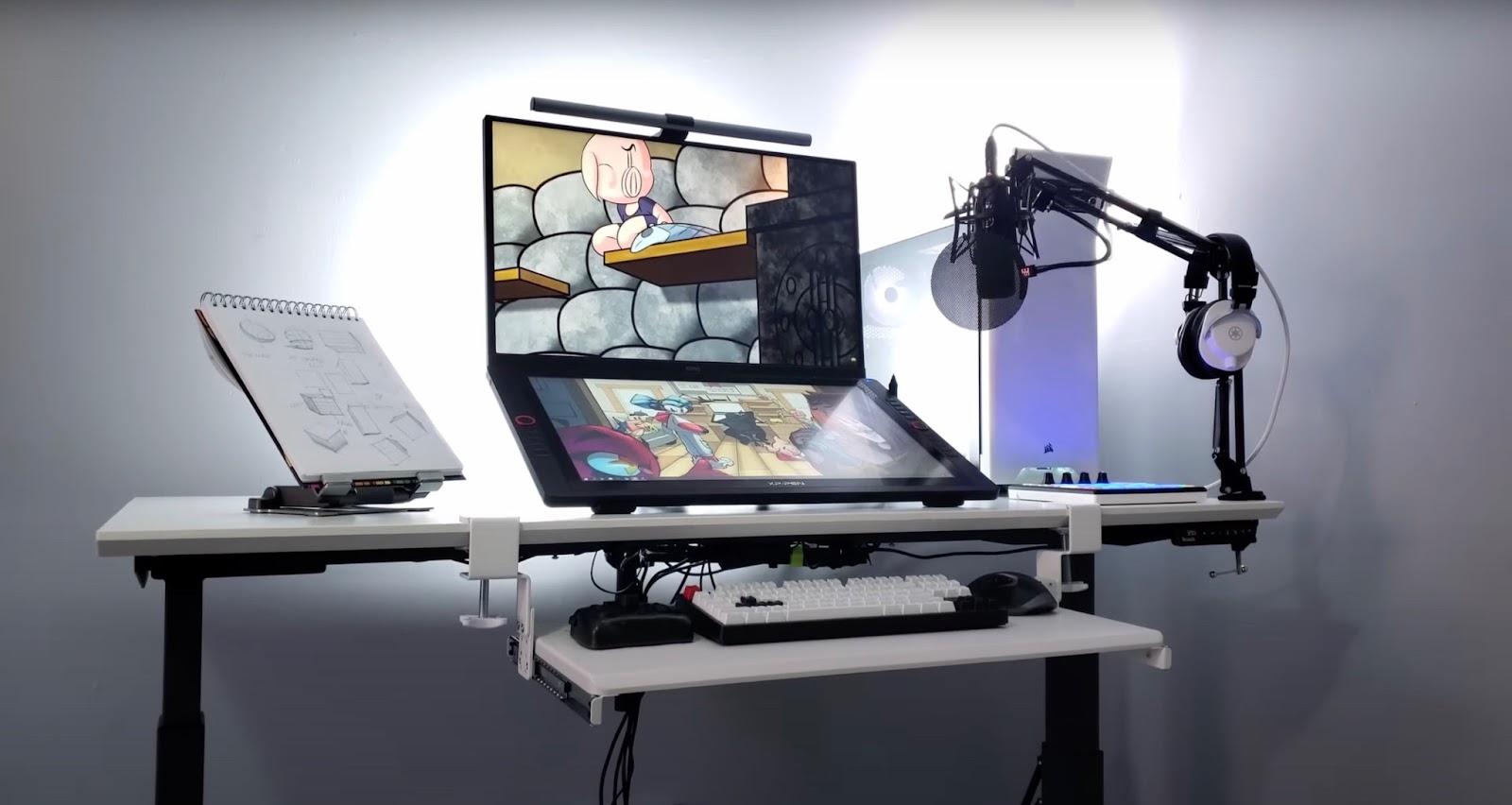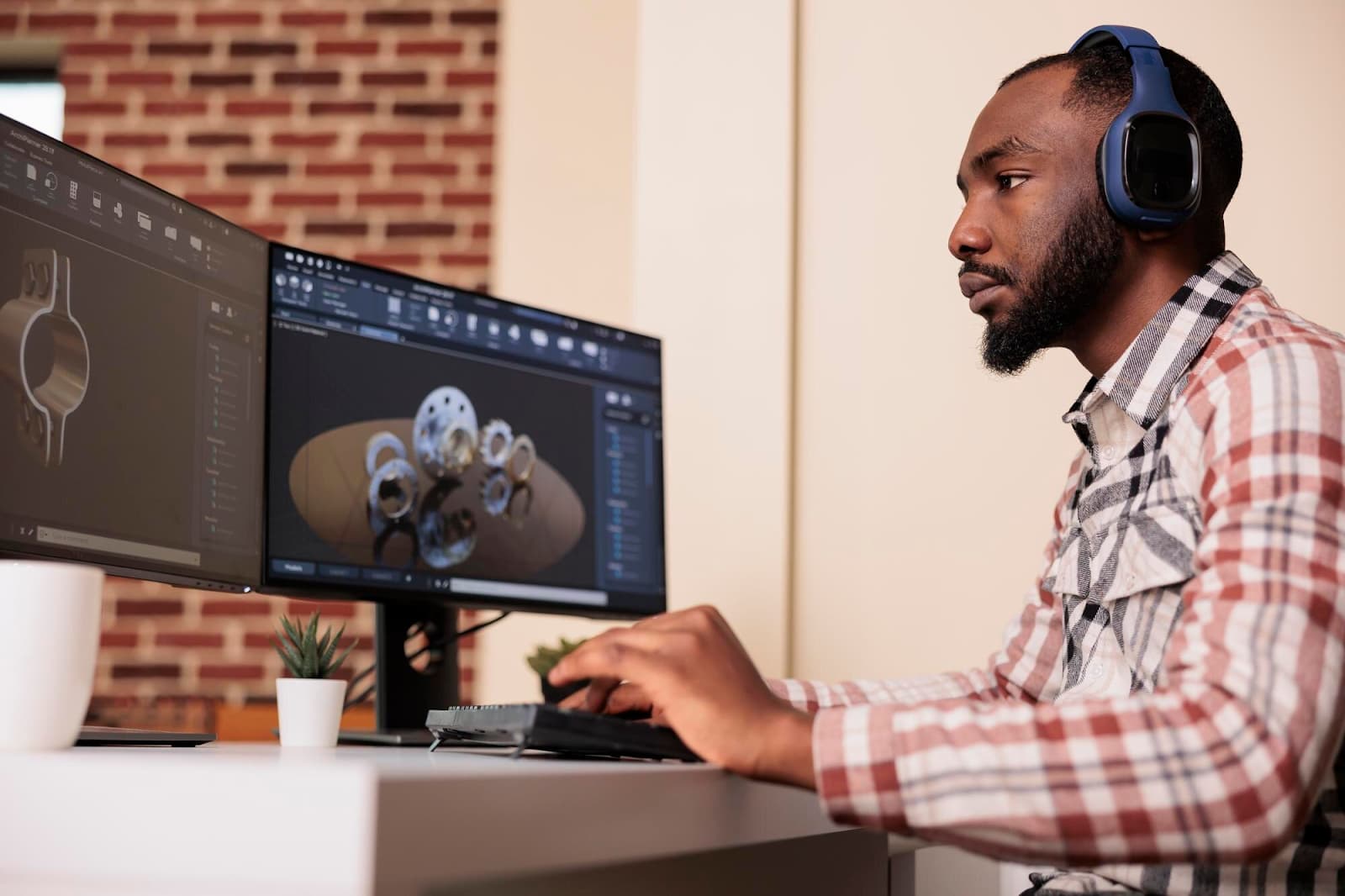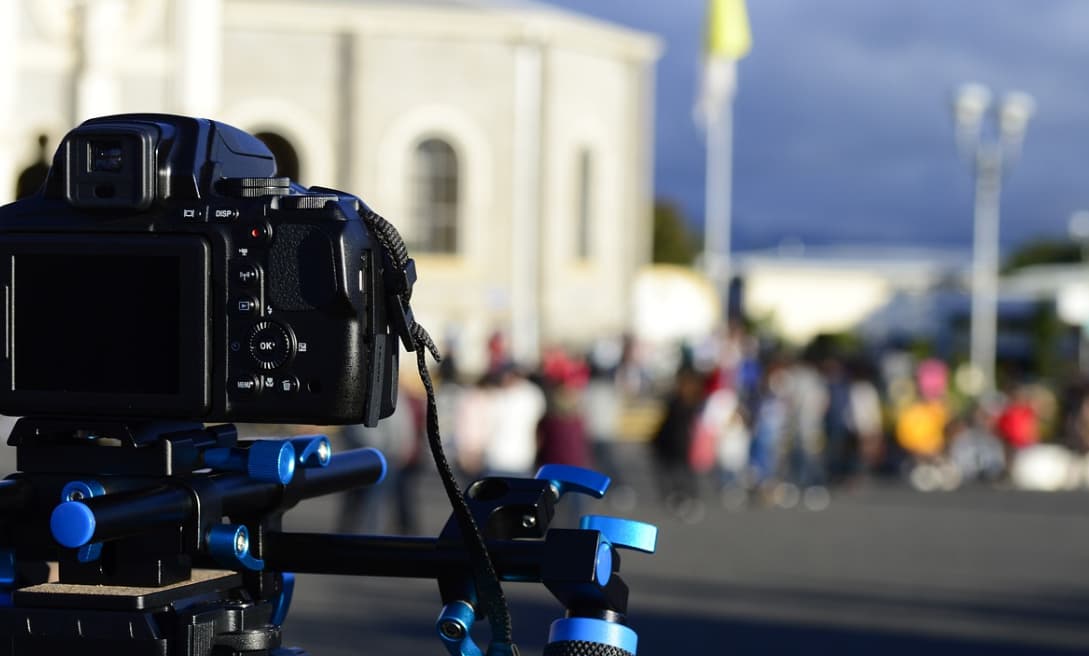Starting an animation business can be an exciting and daunting task. One of the first questions that comes to mind is what equipment do you need to make your business successful? With so many options available, it can be overwhelming to determine where to start and what is necessary. In this article, we will provide you with a comprehensive guide on the animation studio equipment you need to kickstart your business.
The Role of Animation Studio Equipment You Need
Having the right tools and equipment is crucial for any business, and the animation industry is no exception. It not only helps in creating high-quality animations but also improves productivity and efficiency. With the increasing number of animators entering the market, having the correct equipment can give you an edge over your competitors. Let’s take a closer look at the role of animation studio equipment and how it can benefit your business.
Animation Hardware
Animation hardware refers to the physical tools and equipment used in the animation process. These include computers, drawing tablets, cameras, and other accessories. Let’s explore each of these in detail.
Small Hardware
- Computer: A computer is the most essential tool for any animator. It serves as the primary platform for creating and editing animations. When choosing a computer, make sure it has a powerful processor, ample RAM, and a dedicated graphics card to handle complex animation software;
- Drawing Tablet: A drawing tablet is a must-have for traditional animators. It allows you to draw directly onto the screen, giving you more control and precision over your work. There are various types of drawing tablets available, such as pen displays, pen tablets, and 3D pens. Choose one that best suits your needs and budget;
- Camera: If you plan on incorporating live-action footage into your animations, you’ll need a good quality camera. A DSLR or mirrorless camera with a high-resolution sensor and interchangeable lenses is ideal for capturing footage;
- Accessories: Other small hardware that can come in handy during the animation process include a tripod, lighting equipment, microphones, and headphones.
Large Hardware
- Render Farm: A render farm is a cluster of computers used to render large and complex animations. It significantly reduces rendering time and allows you to work on multiple projects simultaneously;
- Storage Devices: As an animator, you’ll be dealing with large file sizes, which means you’ll need ample storage space. Invest in external hard drives or network-attached storage (NAS) devices to store your work safely and efficiently;
- Printers and Scanners: Although most animations are created digitally, there may be instances where you’ll need to print or scan physical drawings. Having a good quality printer and scanner can save you time and money in the long run.
Animation Software
Animation software is the backbone of any animation studio. It enables animators to bring their ideas to life and create stunning visuals. With so many options available, it can be challenging to choose the right software for your business. Here are some popular animation software programs used by professionals:
- Adobe Animate: Formerly known as Adobe Flash, this software is widely used for creating 2D animations. It offers a wide range of tools and features, making it suitable for both beginners and professionals;
- Toon Boom Harmony: This software is popular among traditional animators as it allows them to create hand-drawn animations digitally;
- Autodesk Maya: Maya is a 3D animation software used for creating high-quality 3D animations and visual effects;
- Cinema 4D: This software is popular among motion graphics artists as it allows them to create stunning 3D animations and visual effects. It offers a user-friendly interface and a wide range of tools and features, making it ideal for beginners.
Animating Tools
Apart from hardware and software, there are various animating tools that can help you create smooth and realistic animations. These include:
- Storyboarding Software: Storyboarding software allows you to plan out your animations before starting the actual production process. It helps in organizing your ideas and creating a cohesive storyline;
- Rigging Software: Rigging software is used to create skeletons and controls for characters in 3D animations. It enables animators to manipulate the movements of characters more efficiently and accurately;
- Motion Capture Software: Motion capture software uses sensors to capture the movements of real-life actors and transfer them onto digital characters.
Management Tools
Running an animation business involves more than just creating animations. You’ll also need to manage projects, finances, and team members. Here are some management tools that can help you streamline your business operations:
- Project Management Software: Project management software allows you to track the progress of your projects, assign tasks to team members, and collaborate with clients. Some popular options include Trello, Asana, and Basecamp;
- Accounting Software: Keeping track of finances is crucial for any business. Accounting software such as QuickBooks or FreshBooks can help you manage your expenses, invoices, and taxes efficiently;
- Communication Tools: As a studio, you’ll need to communicate with clients and team members regularly. Tools like Slack, Zoom, and Skype can help you stay connected and collaborate effectively.

Where To Find Animation Studio Equipment You Need?
Now that you understand the necessary tools for your animation venture, the next step is to acquire them. Here are some avenues where you can procure studio equipment:
- Online Retailers: Platforms like Amazon, B&H Photo, and Newegg offer a diverse array of hardware and software tailored for animation, often at competitive prices;
- Specialized Stores: Certain establishments specialize in catering to animators, such as Animation Toolkit, Toon Boom, and Motion Media, offering a curated selection of equipment and software;
- Second-Hand Marketplaces: For those operating on a tight budget, exploring platforms like eBay or Craigslist for pre-owned gear can be a viable option. However, exercise caution and thoroughly inspect items before purchasing;
- Direct from Manufacturers: Some manufacturers opt to sell directly to consumers, particularly beneficial if you have specific equipment requirements or intend to buy in bulk.
Conclusion
In summary, the significance of possessing suitable studio equipment cannot be overstated in the realm of animation entrepreneurship. Beyond facilitating the creation of top-notch animations, it enhances productivity and efficiency. Whether you’re embarking on your journey or seeking to enhance your existing setup, this guide serves as a solid groundwork. Remember to conduct thorough research and invest in equipment that aligns with your needs and financial constraints.



